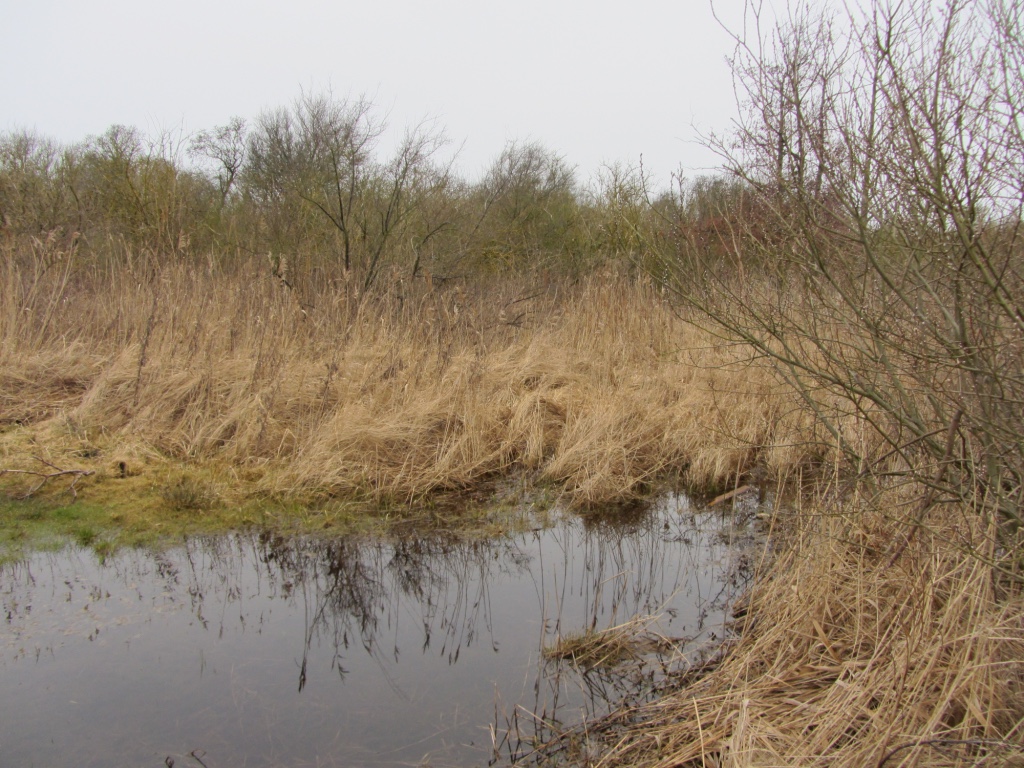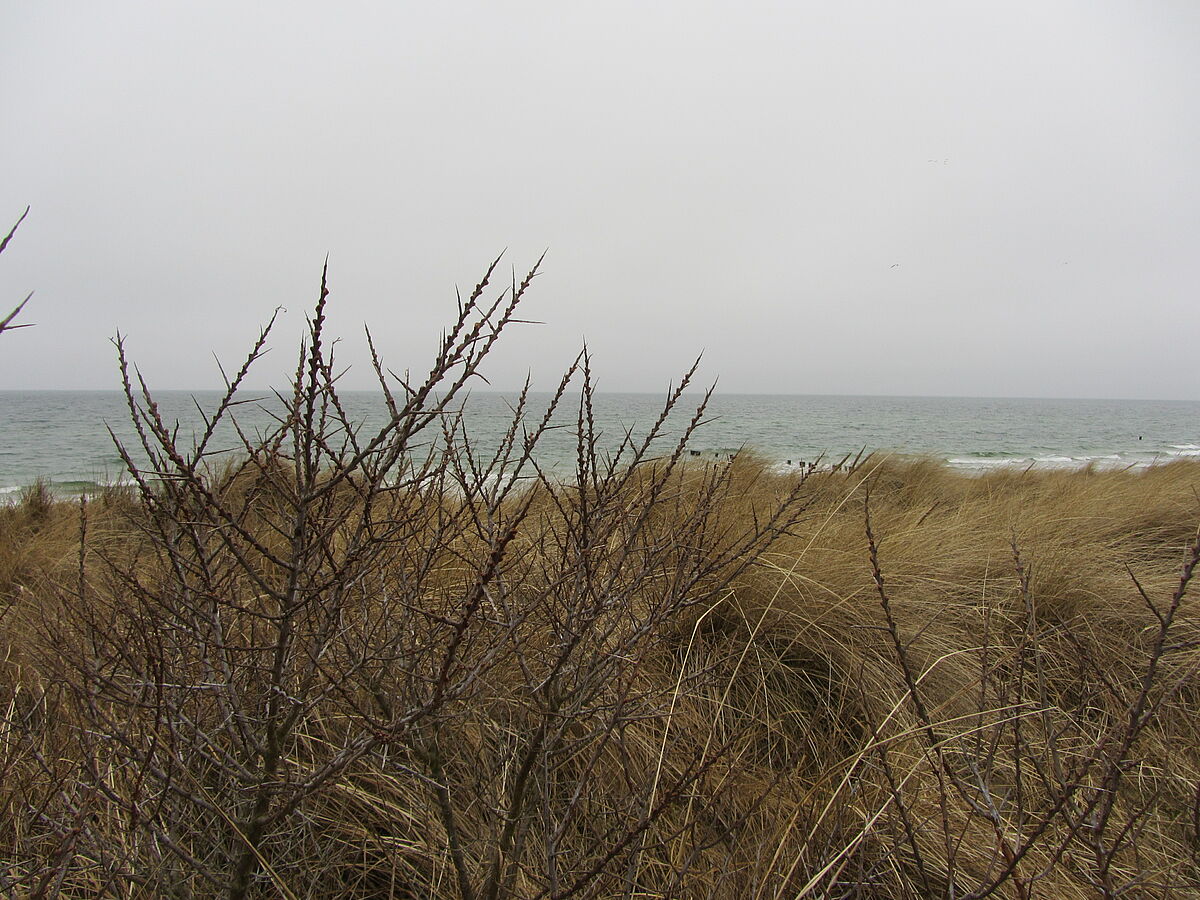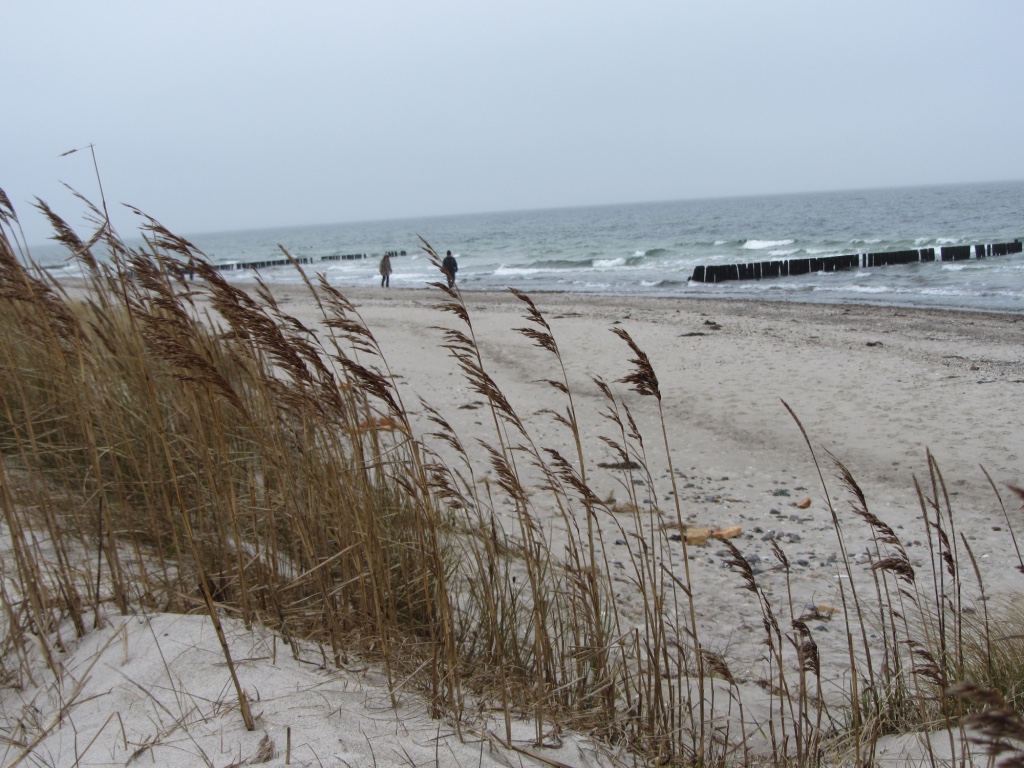Research Objectives
The German Baltic Sea Coast as Terrestrial-Marine Interface of Water and Matter Fluxes (GRK 2000 - Baltic TRANSCOAST)
The overall aim of Baltic TRANSCOAST is to enhance our knowledge of the shallow coast ecocline. How is the marine coastal zone influenced by terrestrial processes? How is the terrestrial coastal zone influenced by marine processes? These questions lead our research within the three research fields covering hydro-dynamic, (bio)geochemical and biological processes.



